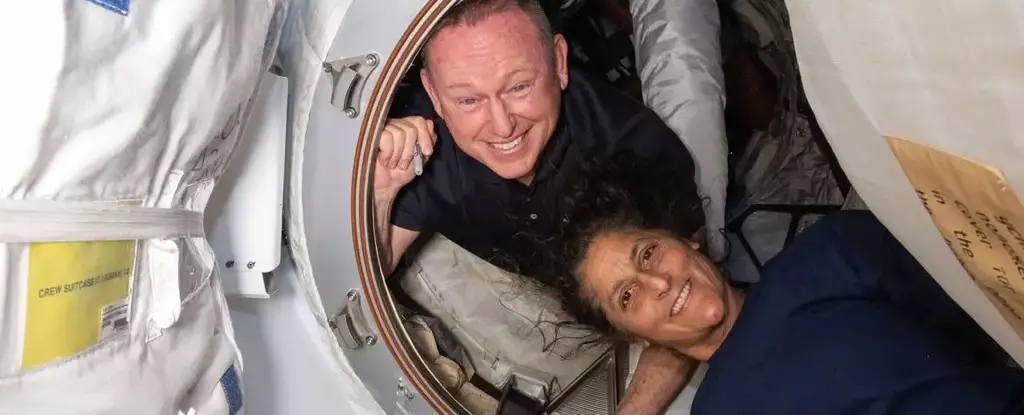After experiencing thruster malfunctions, NASA announced that two US astronauts, Barry “Butch” Wilmore and Sunita “Suni” Williams, who arrived at the International Space Station aboard Boeing’s Starliner, will have to stay an additional six months. This decision comes as a result of the delay in the return of the Starliner spacecraft, causing a setback for the crisis-stricken aviation giant.
NASA Administrator Bill Nelson emphasized the importance of safety in making the decision to keep the astronauts on the ISS and have the Starliner return uncrewed. He acknowledged the risks associated with space flight, especially during test flights, and highlighted the commitment to ensuring the safety of the crew members.
The extended stay of the astronauts puts Boeing in a difficult position, as they will now spend a total of eight months in orbit instead of the originally planned eight days. Despite the setback, officials have assured that the astronauts have enough supplies and training to handle the prolonged stay on the ISS.
NASA’s Confidence in Boeing
Although the delay and technical issues have raised concerns, NASA has not lost confidence in Boeing. They intend to continue working with the aviation company to ensure that there are multiple vehicles capable of transporting astronauts to and from the ISS. Nelson expressed certainty in Boeing’s ability to launch the Starliner again with a crew on board.
The technical challenges faced by Starliner, including helium leaks and thruster malfunctions, highlight the complexities of space travel. NASA and Boeing have been working diligently to diagnose the problems and develop solutions to ensure a safe return for the astronauts.
The decision to bring the astronauts back on a SpaceX vehicle in February represents an unconventional approach to address the safety concerns associated with the Starliner spacecraft. By utilizing the Crew-9 mission for their return, NASA aims to minimize risk and prioritize the well-being of the crew members.
The extended stay and delayed return of the astronauts pose reputational challenges for Boeing, especially in light of previous safety concerns. Meanwhile, SpaceX continues to solidify its position as a reliable partner for NASA in space missions, showcasing its ability to adapt to unforeseen circumstances.
The setbacks faced by Boeing and the innovative solutions proposed by NASA underscore the inherent risks and challenges of space exploration. As technology continues to advance, it is crucial for aerospace companies to prioritize safety and reliability in their spacecraft designs.
The unexpected extension of the stay for US astronauts at the ISS due to the delay of Boeing’s Starliner highlights the complexities and uncertainties of space travel. By prioritizing safety and collaboration, NASA and its partners are working towards ensuring the success of future missions and the well-being of astronauts in space.


Leave a Reply